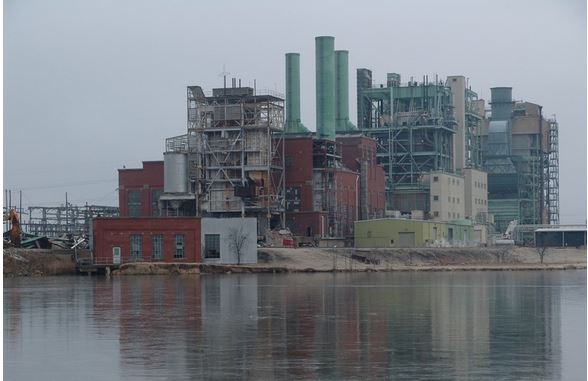
Yes, Oklahoma Gas and Electric wants you to pay more in your electric monthly bill. The company says it’s all in the name of updating its current generating system and also creating a more diverse one.
As OK Energy Today revealed last week, the utility is seeking a $331 million rate hike that will result in an increase of $2.20 a month for the average residential customer, if it is approved by the state’s three Corporation Commissioners.
If a customer is thinking…wait a minute, didn’t the Commission just approve a rate hike? Yes, it did—5 times in the past few years.
The most recent was in January of this year, just five months ago and it tacked on an average $5.46 or 4.8% more on a monthly bill.
In September of last year, Commissioners approved a hike of $9.73 more a month because OGE explained its natural gas costs had risen. Then there was the $3.34 more a month because of OGE’s 2021 Winter Storm Recovery.
Between 2020 and 2022, the four rate hikes resulted in an average of $15.71 more a month for a typical customer.
The most recent project (2023-000038 on the OCC system) is to replacing aging gas-fired steam units at the Horseshoe Lake Power Plant east of Oklahoma City and still in Oklahoma County. In recent testimony on file with the corporation commission, an OGE official explained the company wants to replace the “vintage” units with “new gas-fired combustion turbines.”

In testimony on file with the commission, the utility said the request is about addressing its immediate need to invest in new generation while maintaining a fuel diverse portfolio.
The Horseshoe Lake Generating Facility has three gas-fired steam turbine generating units, Horseshoe 6,7 and 8 with a total capacity of 782 MWs. It also has two cycle gas combustion turbines, Horseshoe Lake 9 and 10, with a total capacity of 86 MWs.
The units 6, 7 and 8 are the oldest and have provided power for 65 years, 60 years and 54 years respectively. The filing by OGE said all three units should be retired by 2027. The new units will have 448 MWs of production and unlike the old units, they will have the ability to be turned off and on quickly.
If the Corporation Commission approves this request, the rate hike won’t take effect until possibly late 2026.
“This case is about addressing OG&E’s immediate need to invest in new generation to meet the needs of its customers, while maintaining a fuel diverse portfolio of generation project at the lowest reasonable cost to customers. As this Commission is aware, OG&E has the obligation to maintain reliable electric service to its customers and sometimes that obligation requires significant capital outlays,” stated Kimber Shoop, Director of Regulatory Affairs at OGE during testimony filed with the commission.
He called it a “significant decision” for the utility and admitted that adding the new generation is expensive and increases rates for customers.
In defense of the move, Shoop said OGE was confident that the new system “will add needed generation capacity to OG&E’s fleet at the lowest reasonable cost for customers.”
Shoop’s testimony indicated OG&E is looking into the future because the new power generating units will be “hydrogen capable.” They will have the ability to convert to utilize hydrogen as its primary fuel in the future.
“This kind of hydrogen capability is important as OG&E must
grapple with evolving environmental regulations in the future,” stated Shoop.
One thing OGE did not expect as it negotiated final bid costs for the construction was a big increase in what it would have to pay. Bid costs rose from nearly $249 million to $286 million. Inflation added $9 million for the cost of the turbines from General Electric and $27 million for the Engineering, Procurement and Construction contract.




